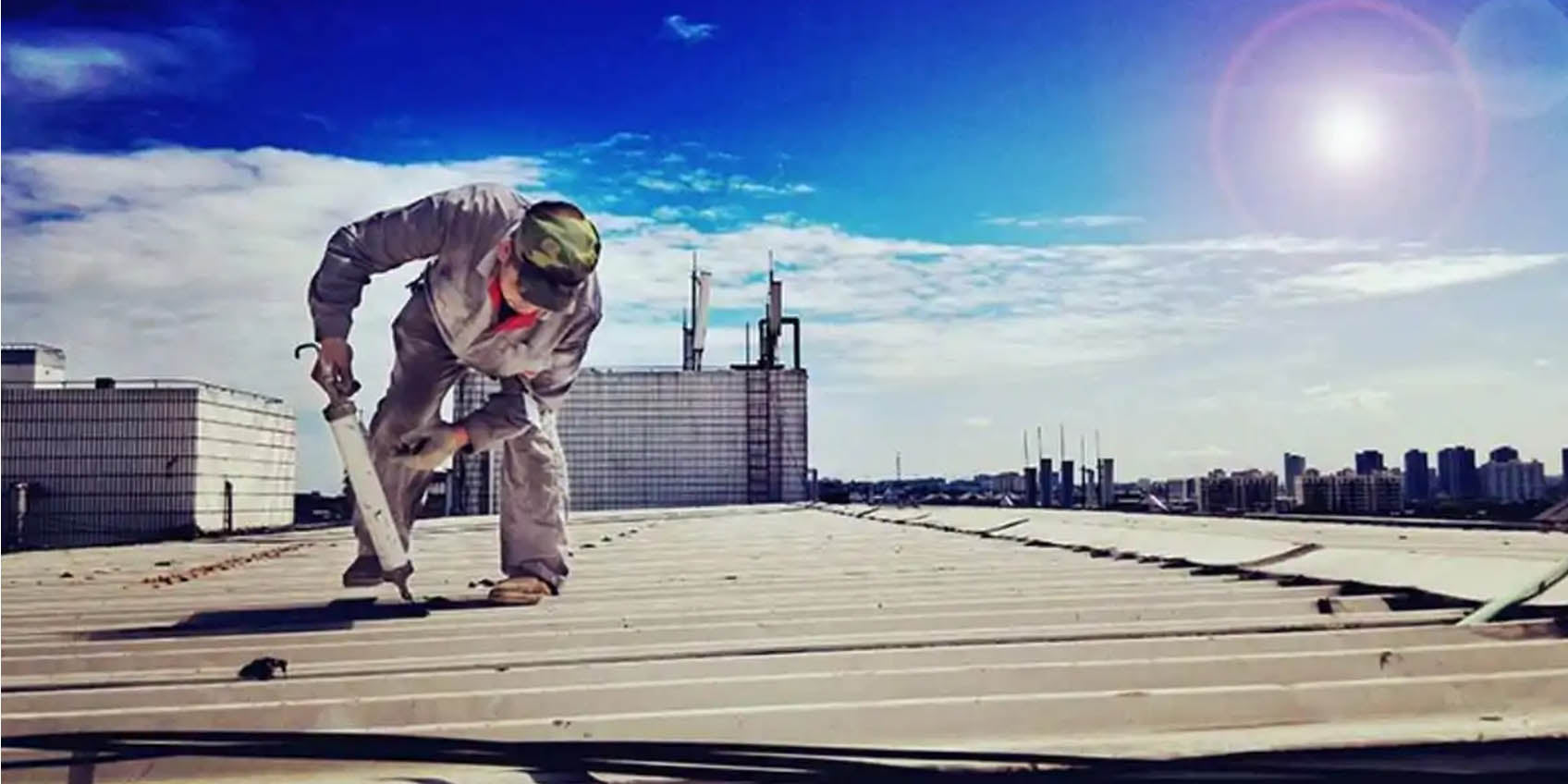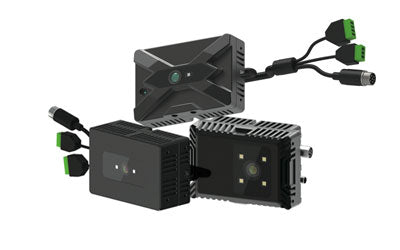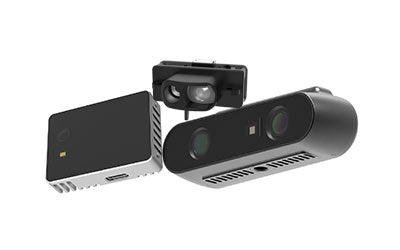Warum werden in TOF-Kameras Temperatursensoren verwendet?

TOF-Sensor und Temperatursensoren verstehen
Time-of-Flight-Kameras (TOF) messen Entfernungen, indem sie die Zeit berechnen, die Lichtimpulse benötigen, um zu Objekten zu gelangen und wieder von ihnen wegzukommen. Auf Basis dieser Daten erstellen sie präzise Tiefenbilder. Temperatursensoren hingegen sind elektronische Geräte zur Überwachung von Temperaturschwankungen in Umgebungen oder Geräten. Dabei kann es sich um Thermistoren, Thermoelemente oder Halbleitersensoren handeln, die Temperatur in elektrische Signale umwandeln und so ihre Funktion erfüllen.
TOF-3D-Kameras: Innovative Tiefenwahrnehmung
TOF-Kameras sind fortschrittliche Geräte, die die Tiefenwahrnehmung und das räumliche Vorstellungsvermögen in verschiedenen Anwendungen verbessern. Sie funktionieren durch die präzise Messung der Laufzeit von Lichtimpulsen. Für eine präzise und zuverlässige Leistung sind jedoch mehr als nur fortschrittliche Optik und Elektronik erforderlich. Temperatursensoren spielen eine entscheidende Rolle bei der Optimierung der Funktionalität von TOF-Kameras unter verschiedenen Umgebungsbedingungen.
1. Genaue Kalibrierung
TOF-Kameras benötigen präzise Zeitmessungen zur präzisen Entfernungsberechnung. Temperaturschwankungen können die Geschwindigkeit elektronischer Komponenten und die Eigenschaften optischer Elemente in der Kamera beeinträchtigen. Integrierte Temperatursensoren überwachen diese Änderungen kontinuierlich und passen sie an. So gewährleisten sie stabile und zuverlässige Entfernungsberechnungen unabhängig von Temperaturschwankungen.
2. Sicherstellung einer gleichbleibenden Leistung
Die Temperatur beeinflusst maßgeblich die Gesamtleistung und Stabilität von TOF-Kameras . Extreme Temperaturen können das Verhalten empfindlicher Komponenten verändern und Tiefenmessungen beeinträchtigen. Temperatursensoren liefern Echtzeitdaten über die internen thermischen Bedingungen. Dadurch kann die Kamera ihre internen Abläufe anpassen oder Kühlmechanismen aktivieren, um optimale Leistung aufrechtzuerhalten.
3. Verbesserung der Zuverlässigkeit in unterschiedlichen Umgebungen
TOF-Kameras müssen in verschiedenen Umgebungen zuverlässig funktionieren, von kontrollierten Innenräumen bis hin zu anspruchsvollen Außenbedingungen. Temperatursensoren ermöglichen eine dynamische Anpassung an Umgebungsveränderungen. Durch die kontinuierliche Überwachung von Temperaturschwankungen passen TOF-Kameras ihren Betrieb an, um eine stabile und präzise Tiefenmessung zu gewährleisten.
4. Langlebigkeit und Haltbarkeit
Effektives Temperaturmanagement ist entscheidend für die Langlebigkeit von TOF-Kameras . Überhitzung kann die Lebensdauer elektronischer Komponenten verkürzen und die Gesamtzuverlässigkeit beeinträchtigen. Temperatursensoren helfen, diese Probleme zu vermeiden, indem sie Benutzer oder das Kamerasystem auf übermäßige Hitze aufmerksam machen. So wird ein effizienter Langzeitbetrieb gewährleistet und die Wartungskosten minimiert.
5. Optimierung der Benutzererfahrung
Die Integration von Temperatursensoren in TOF-Kameras verbessert das Benutzererlebnis durch robuste Leistung in verschiedenen Szenarien. Ob in der Robotik, im Automobilbereich oder in Augmented-Reality-Geräten – mit Temperatursensoren ausgestattete TOF-Kameras bieten höchste Genauigkeit und Zuverlässigkeit. Anwender können sich darauf verlassen, dass diese Kameras unabhängig von den Umgebungsbedingungen stets präzise Tiefenmessungen liefern.
Zusammenfassend lässt sich sagen, dass der Einsatz von Temperatursensoren in TOF-Kameras nicht nur Leistung und Zuverlässigkeit optimiert, sondern Anwendern auch eine stabile und effiziente Lösung für die Tiefenwahrnehmung bietet. Dies macht TOF-Kameras zu einer Schlüsseltechnologie in verschiedenen modernen Anwendungen und beweist herausragende Leistung in der Branche.
Passende Produkte: CS20 , CS30 , CS20-P , CS40 , CS40p
Unser professionelles technisches Team, spezialisiert auf 3D-Kamera-Entfernungsmessung, steht Ihnen jederzeit gerne zur Verfügung. Egal, ob Sie nach dem Kauf Probleme mit Ihrer TOF-Kamera haben oder Fragen zur TOF-Technologie haben, kontaktieren Sie uns jederzeit. Wir legen Wert auf hochwertigen technischen Kundendienst und ein optimales Benutzererlebnis, damit Sie unsere Produkte unbesorgt kaufen und nutzen können.
-
Veröffentlicht in
Tof sensor





